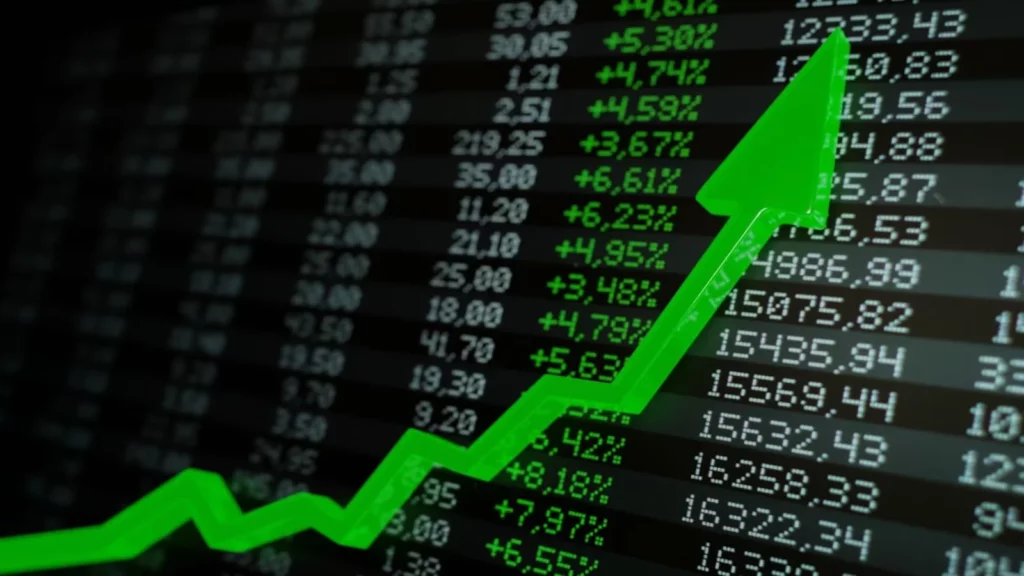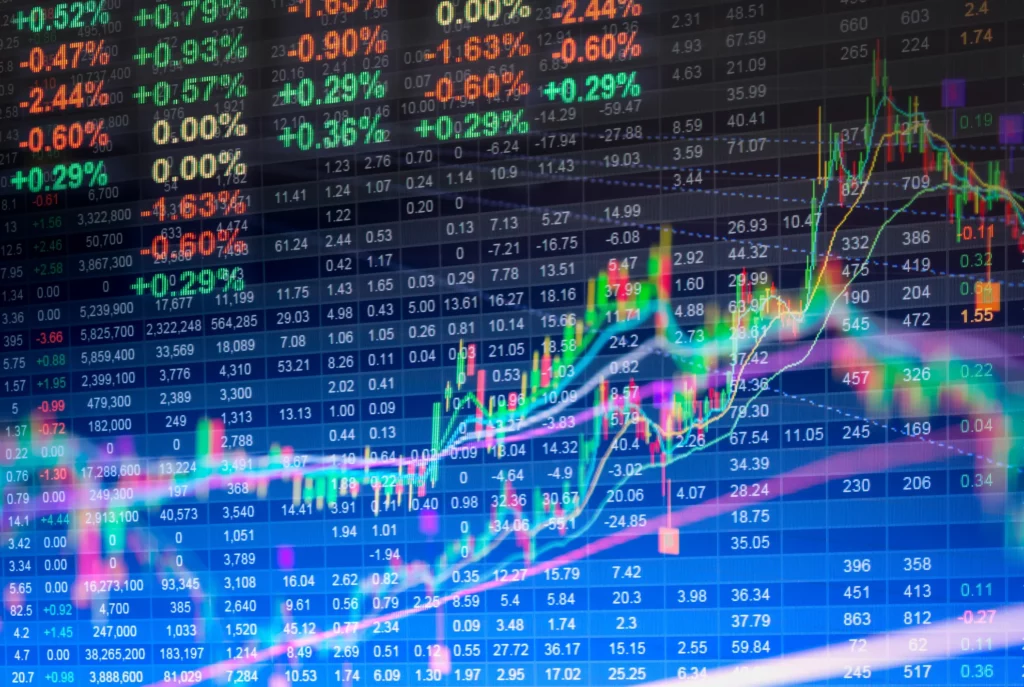
Stock market investment can be difficult, especially for newcomers. If you want to invest in stocks, you should be aware that there are two types of stock markets: primary share markets and secondary share markets.
Buying shares on the primary market
- An Initial Public Offering (IPO) is a crucial way to invest in the stock market. A corporation counts the applications after receiving all investor applications for an IPO and distributes shares based on supply and demand. To invest in the primary and secondary markets, you need a Demat account with electronic copies of your shares. Additionally, you need a trading account to make online share sales and purchases possible.
- A trader may, in unusual cases, also be permitted to apply directly from their bank account. A process called Application Supported by Blocked Amount (ASBA) makes it easier to submit IPO applications through net banking.
- The ASBA procedure states that rather than giving the money to the company, if someone requests shares for Rs. 1 lakh, the money will be blocked into their bank account. After you receive your share allocation, the exact amount will be debited, and the leftover funds will then be made accessible. All applications submitted to IPOs must follow this procedure. Shares are supplied to traders for one week before they are listed on the stock exchange and made available for trading.
Purchasing shares on the secondary market
Secondary share market investing or trading describes the routine purchase and sale of shares or equities. There are a few quick steps to follow before you start investing in the secondary share market.
- Open a trading and Demat account as the first step.Here is where you should start making investments in the secondary market. Both of these accounts need to be linked to an active bank account in order for the transaction to go smoothly.
- Step 2: Selecting the shares.Enter your trading account and choose the desired shares to sell or buy. Ensure you have the money in your account to purchase those shares.
- Choose the price range in step three.Decide on a price at which you’ll buy or sell shares. Await the buyer or seller to respond to your request.
- Finish the transaction in step four.Depending on whether you bought or sold the stocks, you may receive payment in shares or cash after the sale closes.
Keep in mind both the duration for which you anticipate having your investments in place and the financial goals you wish to achieve with them.
The paperwork needed to create a demat/trading account
The following documents are required before you can start investing in shares:
- On a voided check from their open bank account, PAN Card Aadhaar Card Name is displayed along with the IFSC code, account number, account holder’s name and signature.
- documents proving the applicant’s consistent income.
- A proof of address based on a set of papers that your broker, depository participant, or bank has accepted Passport-sized pictures of the applicant.
Points to consider before investing
- Even while stock trading isn’t as difficult as it may seem, it is nevertheless possible to become engrossed in it without ever reaping any rewards. To prevent this outcome, keep the following in mind before investing:
Increase portfolio diversity.
- A diverse portfolio is a good portfolio. You won’t get a steady stream of cash when an investment goes down if it comprises the majority of your portfolio. To offset the low points of one asset class, financial gurus suggest adding additional asset classes. For instance, stock is frequently countered by investments in bonds or other debt instruments.
Be aware of your investor profile.
- Your investor profile may assist you in selecting the instruments that best match your level of risk tolerance. This makes it possible for you to confirm that the degree of risk you are accepting is suitable for your way of life.
Make an investment strategy.
- You can avoid such problems if you establish an investment strategy that details the amount of income you intend to create from your investments and the period of time you might need to remain involved to generate that amount.
Conclusion
When making stock market investments, a few significant considerations need to be kept in mind. Determine your level of risk tolerance and diversify your portfolio, as well as organise your investments. If you need assistance selecting the right shares, organising your investments, or setting goals in line with your level of acceptable risk, get in touch with our knowledgeable traders at IIFL right immediately.
FOR MORE INFO CLICK THIS SITE:https://learningsharks.in/
FOLLOW OUR PAGE:https://www.instagram.com/learningsharks/?hl=en








